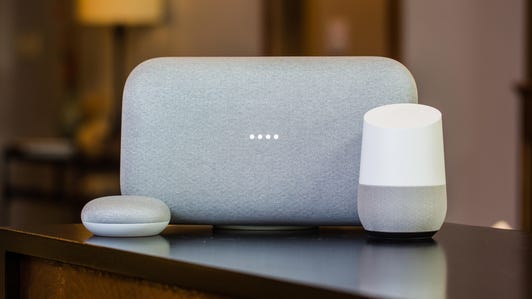Ten years is a long time. Nearly long enough to forget that Google — and for that matter, Apple — have the ability to control some parts of your phone over the internet. And maybe quietly change things without your permission.
But Google made a very public mistake last week, and it’s raising the specter of doubt once again.
Last week, Android users began reporting that their phones‘ Battery Saver feature had mysteriously turned on, all by itself, regardless of whether their batteries needed saving or not. Fully-charged devices started throttling themselves, halting background updates, seemingly because of a bug in the Android P update, as Android Police reported.
Only it wasn’t a bug. According to one of the company’s official Reddit accounts, Google itself was responsible. The company was conducting “an internal experiment to test battery saving features that was mistakenly rolled out to more users than intended,” according to the statement.
Let’s get this straight: one little mistake and a Google “experiment” was able to change a user setting without uaers’ permission?
If you haven’t followed Google closely for the past decade, you might be surprised that a company would have that much control. It’s especially surprising when you consider that phones that aren’t made by Google — the Essential Phone, Nokia 7 Plus and OnePlus 6, according to Android Police — were also affected by the experiment.
But if you have followed Android since day one (and I mean the very first Android phone, the T-Mobile G1/HTC Dream, introduced in October 2008), you might recall that Android has had at least one kill switch from the very beginning. The company used it only twice that we can recall, in 2010 and 2011, to completely nuke apps it deemed malicious.


Now playing:
Watch this:
Qualcomm and Google’s new WearOS smartwatches finally…
2:32
In 2008, phone bloggers discovered the Android kill switch while wringing their hands about a similar one discovered in the iPhone. It’s not clear if Apple ever used that one, but Steve Jobs felt it was a necessary evil: “We would be irresponsible not to have a lever like that to pull,” the Apple co-founder famously told the Wall Street Journal.
It’s not like Google’s Battery Saver toggle itself was a huge deal. Apple was recently caught throttling the performance of older phones to make up for their aging batteries. By comparison, Google merely toggled an annoying setting for what, a day? And there’s no reason to believe either company would intentionally do something devious by, say, degrading a phone’s battery early to make you buy a new one.
It’s in their best interests to keep owners happy, and loads of researchers and power users are waiting to trip them up if they do something suspicious. But this kind of thing definitely gives the conspiracy theorists more ammo.
For the first time in years, these companies’ mistakes are reminding us that such a breach of trust is potentially just a click away, and it makes you wonder what other sorts of things they can control remotely, and what sorts of safeguards are in place to keep employees from abusing that power.
Google didn’t respond to requests for comment.
Google Assistant 101: Get to know Google’s voice-activated helper









